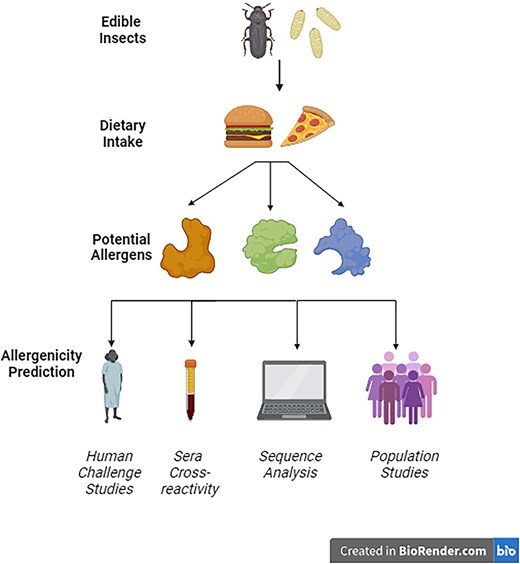-
PDF
- Split View
-
Views
-
Cite
Cite
Abduljalil Muhammad Mode, Umar Faruk Magaji, Salisu Yusuf Yahaya, Nuhu Ginom Zaki, Shamsudeen Umar Dandare, De-Husking Reduces Nutritional and Antioxidant Quality of Nigerian Millet Varieties, International Journal of Food Science and Technology, 2025;, vvaf102, https://doi.org/10.1093/ijfood/vvaf102
Close - Share Icon Share
Summary
Millet is a staple food in Northern Nigeria, widely consumed in various traditional dishes. However, common processing practices, such as de-husking, may significantly affect its nutritional and antioxidant properties. This study evaluated the antioxidant composition and nutritional value of four millet varieties cultivated in Northern Nigeria, with a focus on the impact of de-husking. Analyses included proximate composition, phytochemical content, antioxidant vitamins, mineral elements, amino acid profile, and antioxidant activities. All millet varieties contained significant amounts of antioxidant compounds, including phenolics, flavonoids, and vitamins, although their concentrations varied due to genetic and environmental influences. Calcium (Ca) was the most abundant macromineral (p < 0.05), while iron (Fe) was the dominant microelement, and selenium (Se) was present in trace amounts. De-husking significantly (p < 0.05) reduced the levels of most nutrients and antioxidants, underscoring the nutritional quality of whole grains. The presence of essential phytochemicals, amino acids, and crude fibre in millet supports its potential role as a functional food ingredient. These findings highlight millet’s nutritional and functional potential as a source of essential nutrients, supporting its use in nutraceutical formulations or as functional food. Preserving the bran layer during processing is crucial to fully leverage millet’s health benefits and maximise its role in promoting human health.



